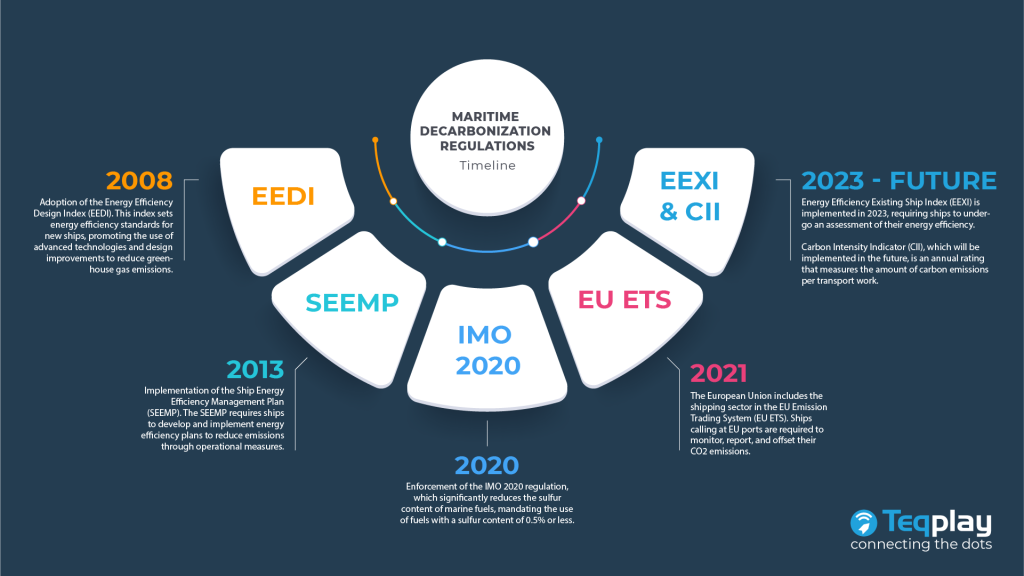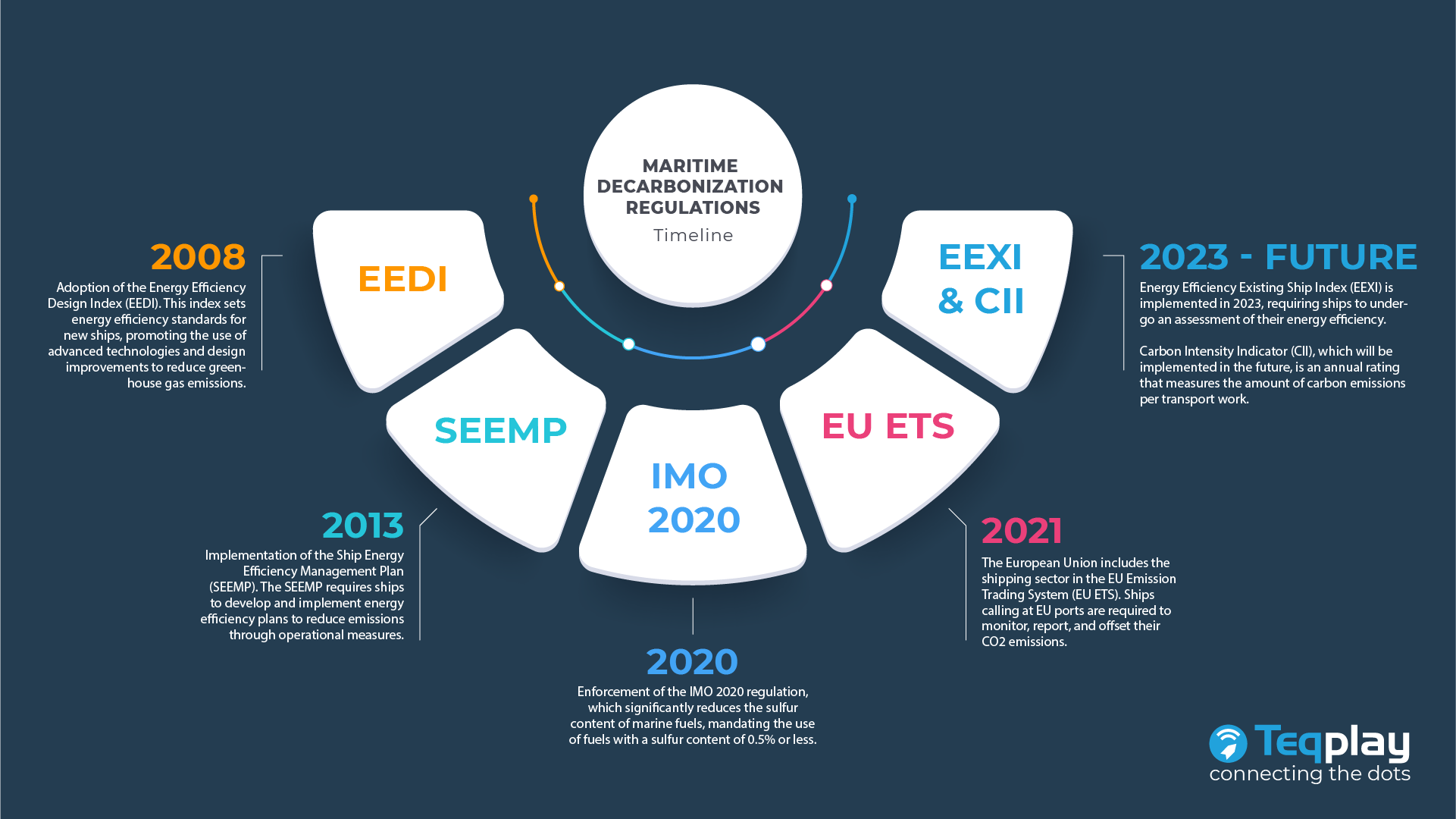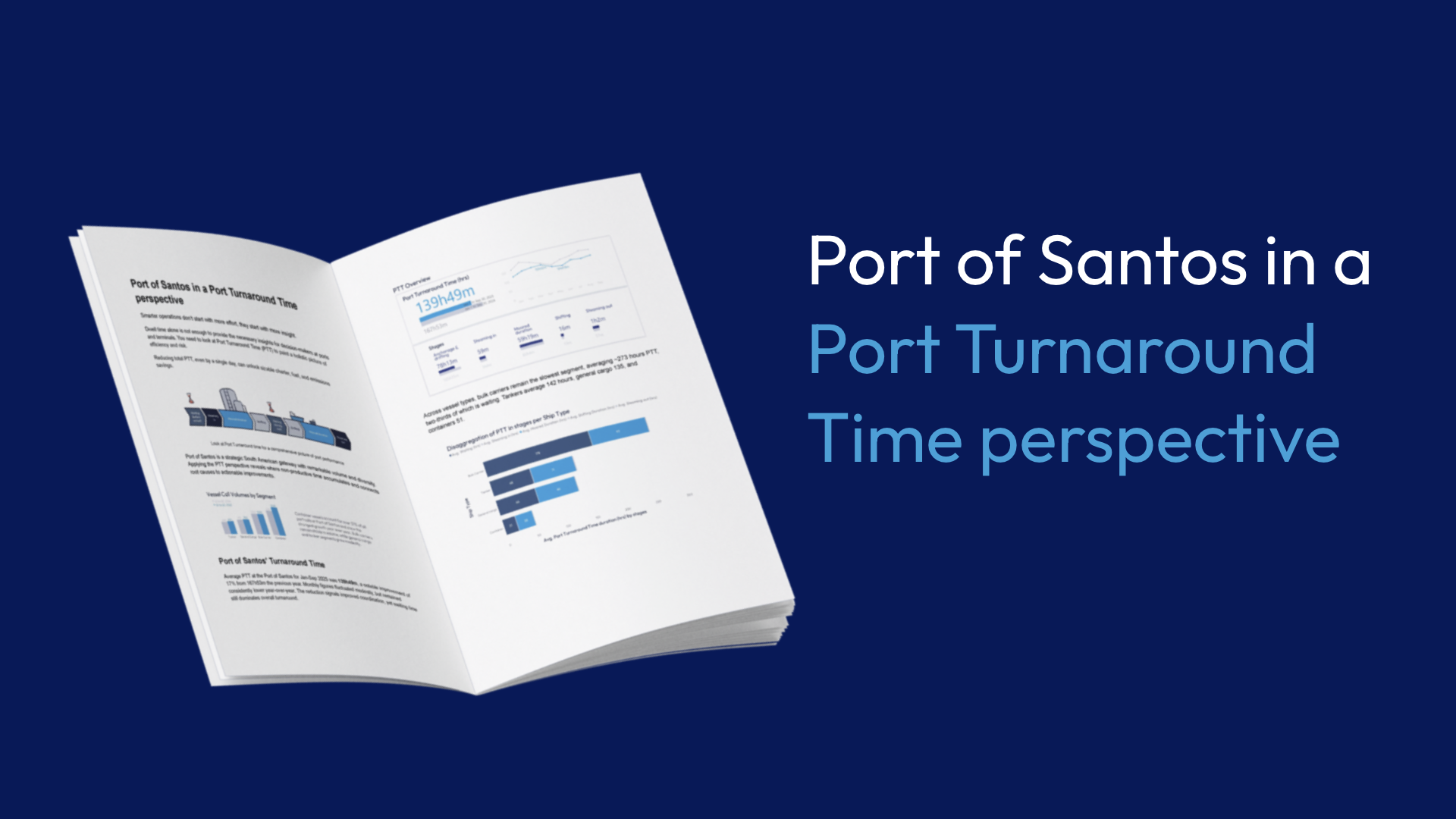The current state of maritime environmental impact
According to UNCTAD, about 80% of the volume of international trade in goods is carried by sea, and the percentage is even higher for most developing countries. Thus, the shipping industry has quite an impact on global emissions.
In 2020, the industry emitted about 1.2 gigatons of CO2, equivalent to about 3% of global greenhouse gas (GHG) emissions, which is more than the world’s 5th GHG emitting country.
Despite that, the industry has been relatively slow in addressing the issue: last year, emissions still increased by 4.7%. Impacts from climate change such as rising sea levels and frequent violent storms are posing great risks to the maritime supply chain. Alongside these risks, societal pressure is also increasing with more and more demand for change and carbon neutrality.
While the industry’s overall emission efficiency has improved in the past decade, without more dedicated effort, it will be difficult to achieve the 2050 GHG reduction goal. Most stakeholders agree that there is an urgent need to take action, but agreement on how to tackle the challenge remains somewhat elusive. Collaborative and comprehensive strategies are necessary to achieve success in the journey of decarbonization for the maritime world.
New measures and increased regulation
Starting from January 2023, the International Maritime Organization (IMO) will implement 2 new measures:
- Energy Efficiency Existing Ship Index (EEXI), which requires ships to undergo an assessment of their energy efficiency, based on factors such as the ship’s speed, power, and engine size. The assessment will determine the EEXI score, which indicates the ship’s carbon emissions per transport work.
- Carbon Intensity Indicator (CII), a mandatory requirement for all ships above 5,000 gross tonnage, including both new and existing vessels. The CII provides an annual rating that measures the amount of carbon emissions per transport work, calculated based on the ship’s fuel consumption, distance traveled, and cargo carried.
The new measures are expected to be fully implemented by 2026, and they will work in conjunction with the IMO’s other carbon reduction measures, such as the Ship Energy Efficiency Management Plan (SEEMP). The goal is to reduce GHG emissions by half by 2050, in comparison to 2008 emission rates.
The year 2023 marks the beginning of new mandatory global emission regulations. From this point on, the environmental impact of maritime activities will be a lot more strictly regulated, requiring businesses to quickly adapt their strategies to remain compliant. There is no time to waste for the industry to take action and stay sustainable and competitive.

Decarbonization efforts and solutions
Various initiatives have emerged that encourage decarbonization in the shipping industry. Such enablers include new energy solutions like alternative fuels, just-in-time strategies, and carbon pricing regulations. However the variety and complexity of solutions and perspectives can cause confusion among stakeholders. Without clearly identifying what actions need to be taken in specific areas, it will be difficult to enact systemic changes and achieve decarbonization goals.
The directions of strategies for decarbonization of vessels sea is different for strategies involving ports. When considering solutions for decarbonization at sea, improving measures such as weather routing, slow steaming, and voyage optimization are crucial. On the other hand, solutions involving ports will focus on the port call processes and what happens in and around ports and terminals. Regardless of what stakeholders aim to achieve, extensive strategic thinking supported by digital technology will be necessary to realize the potential of decarbonization solutions.
Decarbonization at sea
To optimize voyages, fleet management systems and voyage optimization softwares have been developed. Fleet management systems can be used to monitor and optimize a ship’s performance in real-time, allowing for more efficient use of fuel and reduced emissions. Voyage optimization softwares uses advanced analytics and weather forecasting to optimize a ship’s route, speed, and cargo load, resulting in reduced fuel consumption and emissions.
Alongside optimization solutions, digital tools can also be used to monitor and report a ship’s emissions, allowing for more accurate measurement and reporting of emissions, which can be used to ensure compliance and set targets for fleets and vessels in terms of GHG emissions.
Predictive maintenance is another digital solution that could be helpful in optimizing vessel activities and thus also reducing its carbon footprint. This is the process of using data to predict when a part or system on a ship will fail, so that it can be repaired or replaced before it causes an issue. This allows for more efficient use of resources and can reduce emissions by minimizing downtime and reducing the need for unnecessary repairs.
Autonomous ships also have the potential to reduce emissions through improved navigation and collision avoidance, as well as more efficient use of fuel and other resources. The development of autonomous shipping is currently progressing quite rapidly. Although the lack of standardization and strict safety standards remain a challenge for the implementation of autonomous ships, there is still promising potential for the future.
Decarbonization in ports
For port actors, optimizing the port call process is the primary goal. When port activities are optimized, carbon footprint can be reduced and decarbonization will be more easily achieved.
Port call optimization solutions can use advanced analytics and data from various sources such as weather, traffic, and vessel schedules to optimize the planning and scheduling for port calls. By building a digital twin that reflects port events in real-time, port actors will have the context to make the best decisions, ensuring efficiency and minimizing environmental impact.
Remote monitoring and control systems can also be set up to monitor and control ship systems from a remote location, reducing the need for on-board crew to attend to routine tasks during port calls. Along with remote systems, port community systems can also be developed as support. These are digital platforms that connect all stakeholders in a port ecosystem, such as shipping lines, terminal operators, customs, and logistics service providers. They can be used to optimize the flow of information and cargo, reducing emissions from the movement of goods and people.
Predictive capability and visibility is also important in achieving optimization goals and reducing carbon footprint. Predictive analytics can be used to optimize the operations of ports and terminals, support decision making, and improve future planning for port actors.
Investing in digital infrastructure is also necessary to ensure smooth implementation of the aforementioned solutions. IoT and sensor-based systems can be used to track and monitor the movement of goods and equipment within ports, as well as provide accurate and real-time data. With quality data and a powerful cloud computing platform, innovative solutions can be more easily enacted.
Teqplay
Teqplay believes in the power of digital transformation in the maritime industry, and its potential to help the industry achieve carbon neutrality. Both long and short term actions need to be taken for industry-wide changes to be possible. While various digital solutions have been developed, in order for them to be effective, there have to be standardized and coordinated efforts among maritime stakeholders. As an experienced player in the maritime world, Teqplay hopes to collaborate with our maritime partners and achieve success in our journey toward a greener future.

Léon Gommans | CEO/Co Founder of Teqplay
A serial entrepreneur who’s passionate about #innovation, #technology, #collaboration, and of course, #maritime. The mission is: to connect the dots & to get it to work, together with the industry!
- +31 (0)6 55306660
- leon@teqplay.com
- Léon Gommans




